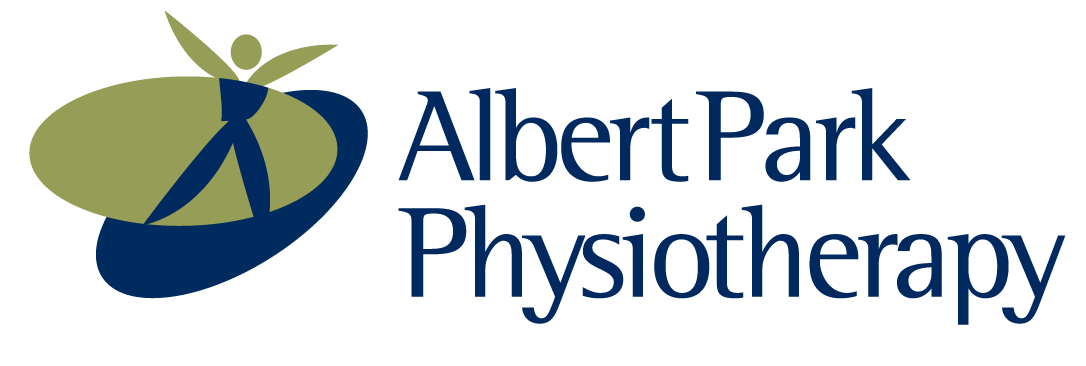Diagnosis
It is now accepted that the best way to diagnosis osteoarthritis in your knee (and many other joints for that matter) is your health practitioner interviewing you thoroughly about your problem and closely examining your knee – especially how it looks, feels, moves and most importantly, determining what you can and can’t do easily.
In most cases X-rays and/or scans are not necessary for diagnosis, and are not helpful for determining the severity of your problem or what treatment is best for you.
Management
The most important person involved in managing your knee arthritis is you!
A Physiotherapist’s role is to educate and advise you on the nature of your problem and how best to manage it so you can minimize its effect on your daily life. So, in a way, your physiotherapist acts like your personal “body” coach!
In the case of knee osteoarthritis, there are three main areas of management that are the key to a good outcome:
1. Keeping your joint healthy – Learning how to protect your knee from exacerbations, what best to do if such a flare up occurs and maintaining your knee joint in as good a condition as possible. Your physiotherapist can advise you on all of these important strategies.
2. Exercise – this includes strengthening and stretching exercises and increasing your general fitness – your physiotherapist will design a program especially for you and your lifestyle. Research has shown that exercise is as effective as drug treatment for management of knee osteoarthritis and, of course, has less side-effects and great side benefits!
3. Weight loss and load management – knees are very sensitive to weight gain, so even a small loss of weight can reap great benefits for your knee. Your physiotherapist can give you advice on modifying your activity, exercise and/or sport routines so you are not overloading the knee.
Good management of knee osteoarthritis means less pain and disability and hopefully puts off or negates the need for surgery in the future.










